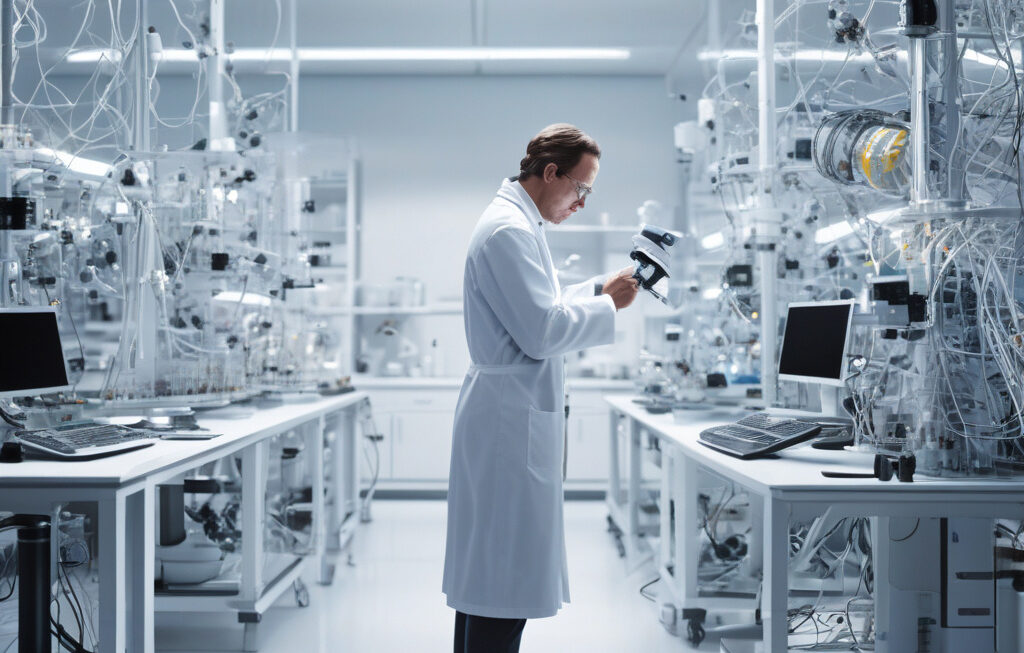Scientists’ New Method Uses Batteries’ Own Energy to Recover 95% of Key Metals
Researchers have developed a new battery recycling method that uses a cell’s own stored energy to recover up to 95% of the key metals such as lithium, cobalt, nickel, and manganese. This innovative approach not only addresses the growing concern of electronic waste but also offers a sustainable solution to the dwindling resources of critical metals essential for manufacturing batteries for electric vehicles, smartphones, and renewable energy storage systems.
Traditional methods of recycling batteries often involve high energy consumption and the use of harmful chemicals, posing environmental risks and increasing the overall cost of recycling. In contrast, this new method harnesses the energy already stored in the battery cells, creating a self-sustaining process that is not only more eco-friendly but also more cost-effective.
The process begins by collecting used battery cells, which are then crushed and subjected to a specialized solution that triggers a chemical reaction using the battery’s residual energy. This reaction helps to separate the key metals from other materials, allowing for efficient recovery with significantly reduced energy input compared to conventional methods.
One of the primary advantages of this new recycling method is its ability to recover a higher percentage of key metals. By targeting lithium, cobalt, nickel, and manganese – crucial components in battery manufacturing – the process ensures that these valuable resources can be reintroduced into the production cycle, reducing the reliance on mining for new materials.
Moreover, by utilizing the battery’s own energy for the recycling process, researchers have minimized the environmental impact typically associated with traditional recycling methods. This sustainable approach not only reduces the carbon footprint of battery recycling but also contributes to the conservation of resources and the preservation of the environment.
The implications of this breakthrough extend beyond environmental sustainability. As the demand for batteries continues to rise with the global shift towards electric vehicles and renewable energy sources, ensuring a stable supply of key metals is paramount. By recovering up to 95% of these metals through a more efficient and energy-conscious method, researchers are paving the way for a more sustainable and secure battery supply chain.
In addition to its environmental and economic benefits, this new recycling method also highlights the importance of innovation in addressing pressing global challenges. By reimagining the conventional approach to battery recycling and leveraging the inherent energy of the cells themselves, scientists have demonstrated the power of creative thinking in driving positive change.
As we look towards a future powered by clean energy and smart technology, initiatives like this underscore the crucial role of research and development in shaping a more sustainable world. By combining scientific expertise with a commitment to environmental stewardship, researchers have unlocked a promising solution that not only reduces waste but also promotes resource efficiency and conservation.
In conclusion, the new method developed by scientists to utilize batteries’ own energy for recovering key metals represents a significant step towards a more sustainable and circular approach to battery recycling. With its potential to recover up to 95% of critical metals while minimizing environmental impact, this innovation sets a new standard for the industry and offers a glimpse into a future where waste is reduced, resources are conserved, and technology drives positive change.
recycling, sustainability, battery innovation, key metals, environmental stewardship












